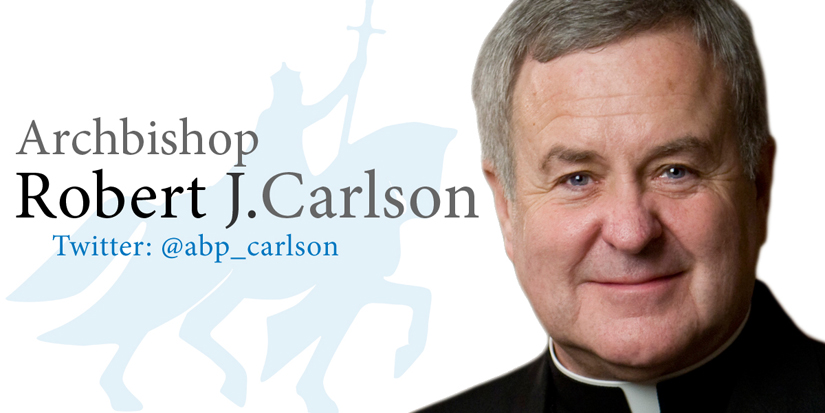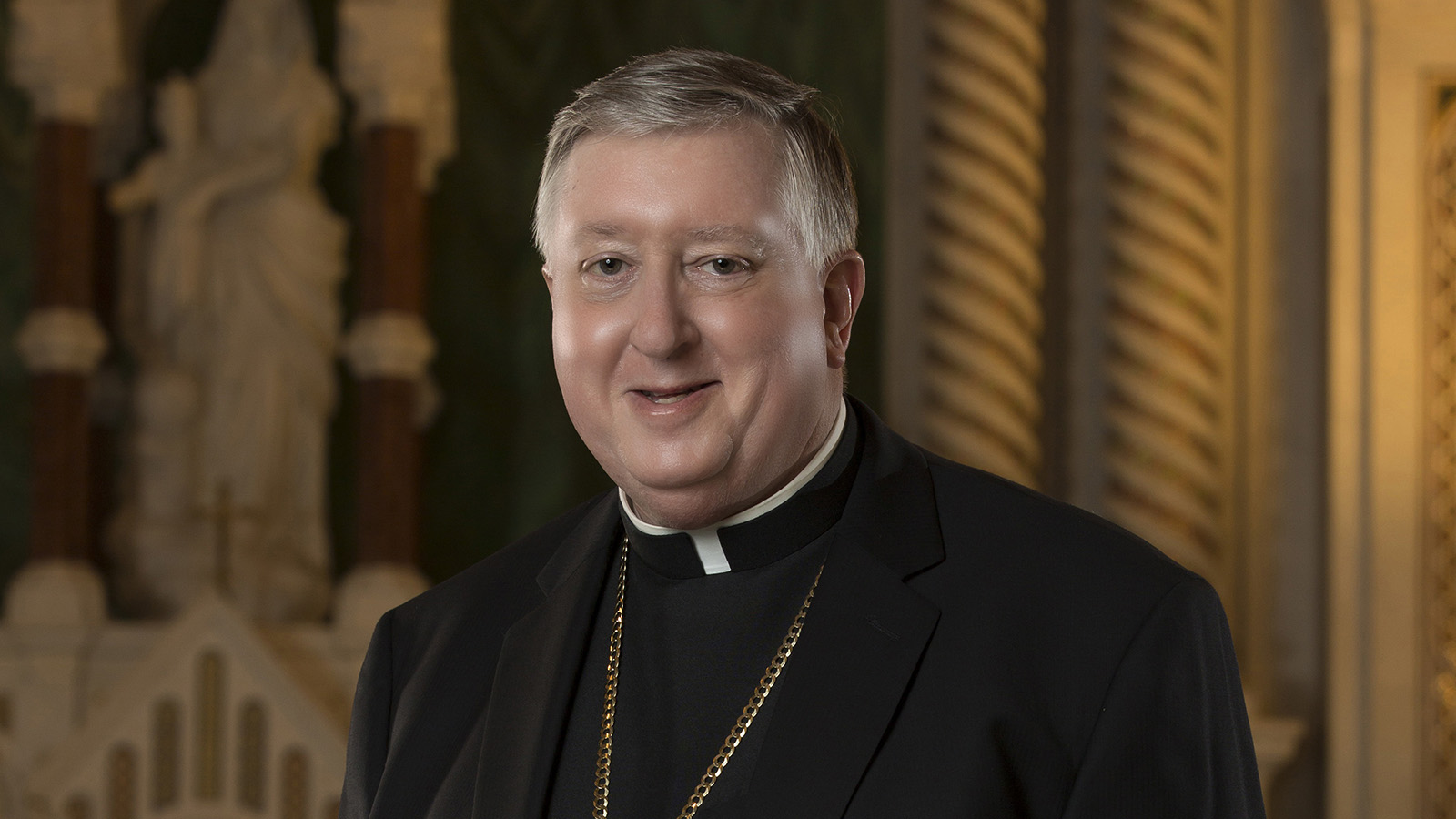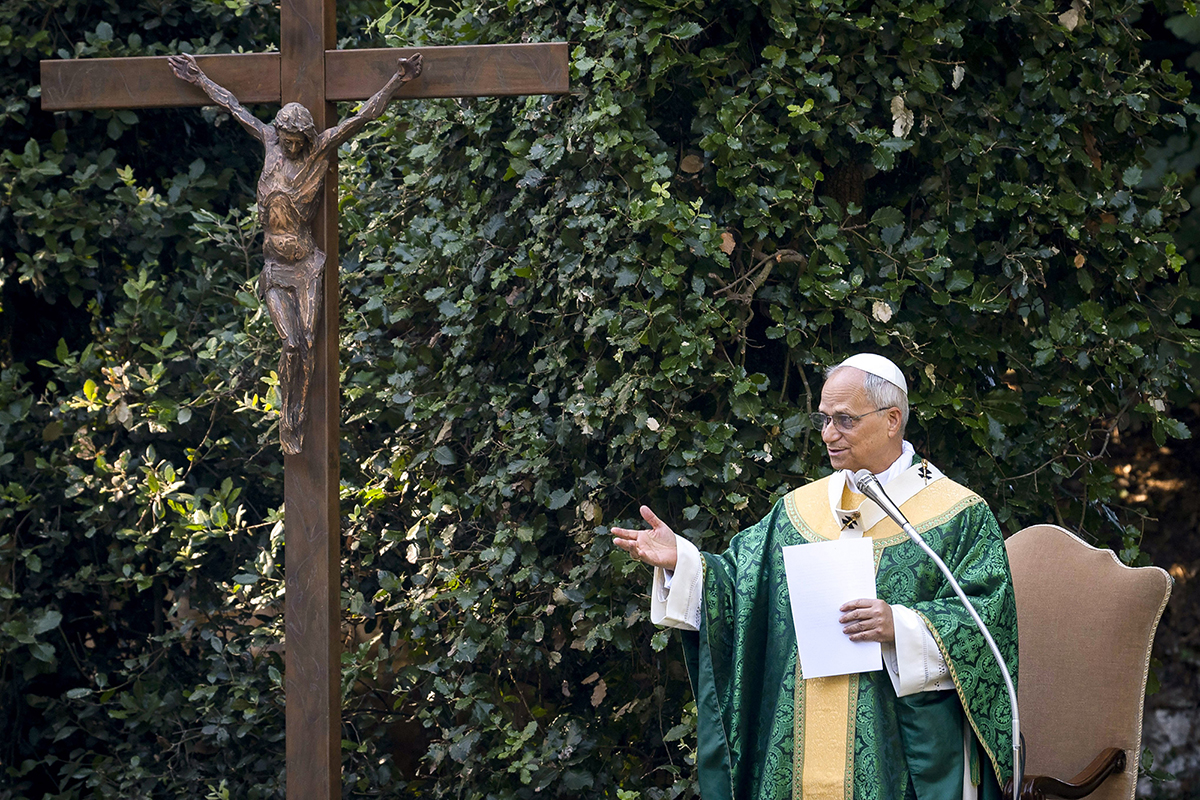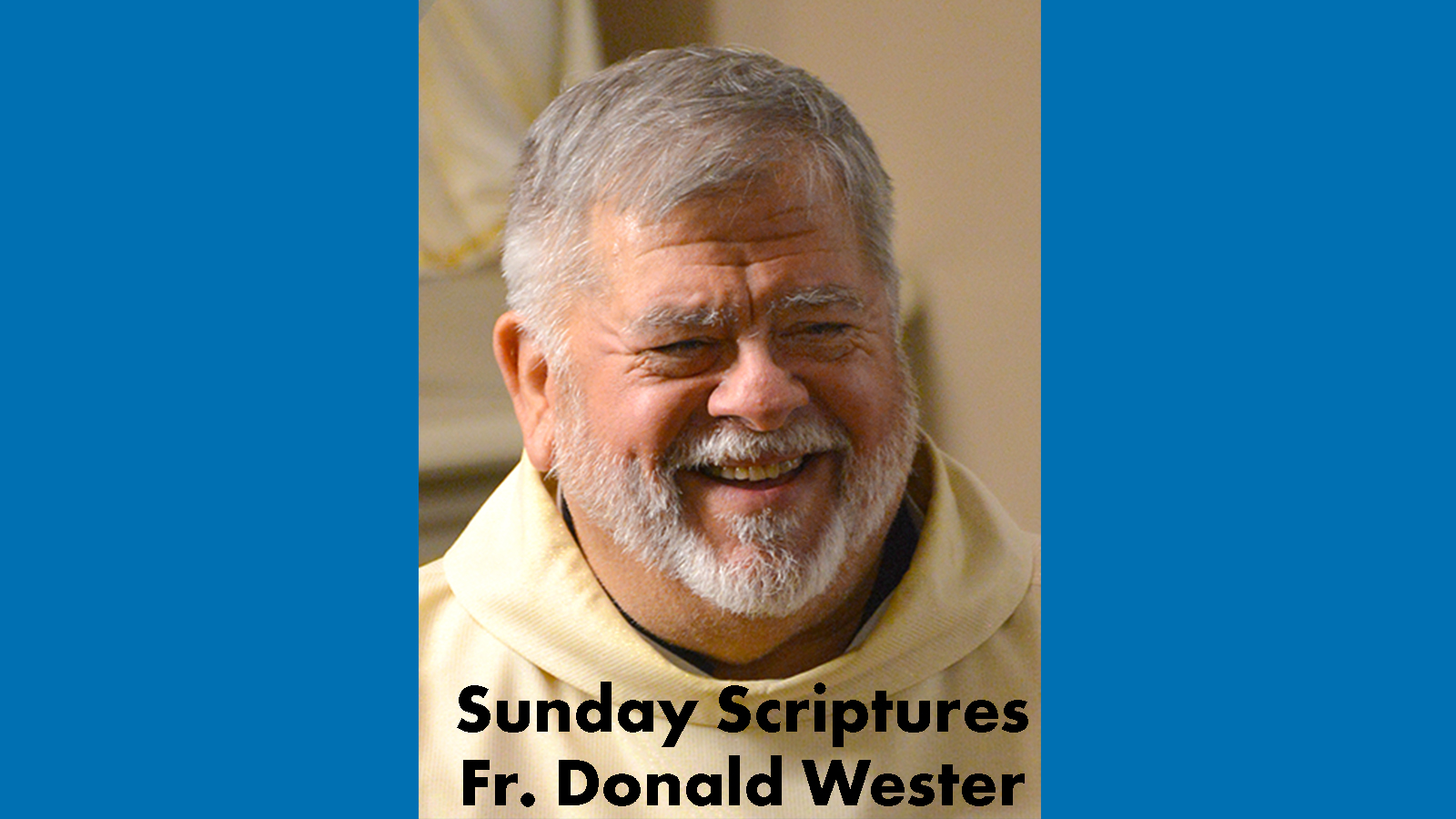BEFORE THE CROSS | Challenging the young Church to advance the pro-life cause
Much remains to be done by pro-life advocates in providing services, winning converts and saving lives

This is a special time, with the March for Life in Washington, D.C. (Jan. 18), the national Day of Prayer for the Legal Protection of the Unborn (Jan. 22) and the Archdiocesan Respect for Life Memorial Mass (Jan. 26).
I was named a bishop late in 1983, the year the March for Life celebrated its 10th anniversary; I was consecrated as a bishop in January 1984, shortly before that year’s March for Life. The good news is that, in the past 35 years, the number of abortions per year and the ratio of abortions per live births has been cut basically in half. In 1984, there were more than 1,333,000 abortions; at last report it was 638,000. In 1984, there were 364 abortions per 1,000 live births; at last report it was 188. For the last full decade on which we have numbers (2006-15), the number, rate and ratio of reported abortions decreased 24 percent, 26 percent and 19 percent respectively.
Maternity homes have increased services to vulnerable women . Significant converts to the pro-life cause include Norma McCorvey, the plaintiff in Roe v. Wade; Dr. Bernard Nathanson, founder of NARAL; and, more recently, Abby Johnson, who once directed one of Planned Parenthood’s largest clinics. Laws limiting abortion increased, and a change in the balance of the Supreme Court make it more likely that abortion restrictions will be upheld. Project Rachel, helping women who have had an abortion, and Project Joseph, helping men who have participated in abortions, are more well-known.
Much has been accomplished, one small step at a time.
But, lest we celebrate too much, we have to recall that there have been more than 45 million abortions in the United States alone since 1970. There are still lawmakers and judges who are blind to the harm that abortion does to women, children and families. There are still women who feel scared and alone, who think abortion is their only or best option. Much remains to be done in providing services, winning converts and saving lives.
Many people in the nation are concerned — and rightly — for vulnerable people at our nation’s border. I wonder how we can’t see, or refuse to see, how this concern is linked to the question of abortion. The issues are not the same, to be sure. But the principles of Catholic social teaching provide a systematic link between them. We can’t open our national borders to the vulnerable and oppose the construction of a physical wall to keep them out, while simultaneously erecting a legal wall at the border of birth and arguing that those on the other side of that border have no rights. We cannot argue that parents and children should be kept together in the immigration process, while exercising every rhetorical, legal and political strategy to support the separation of parents from children through abortion. The intellectual and moral inconsistency is staggering. It needs to end, in both directions.
This year, on June 30, I will submit my letter of retirement to the Holy Father. Therefore this might be my last chance to address this issue. If so, I want to make this my final plea: Young people, rise up! Heal the blindness and inconsistency of our political life. Support, demand and become political candidates who don’t force Catholics to make a false choice between a sound Catholic abortion policy and a sound Catholic immigration policy.
This week we celebrate the feast of Sts. Timothy and Titus. St. Paul commissioned Timothy to take care of the needs of the Church in Ephesus, and Titus to take care of the Church in Crete. They were his younger co-workers, and he charged them to do what needed to be done. In that same spirit, I entrust this task to the young Church.




